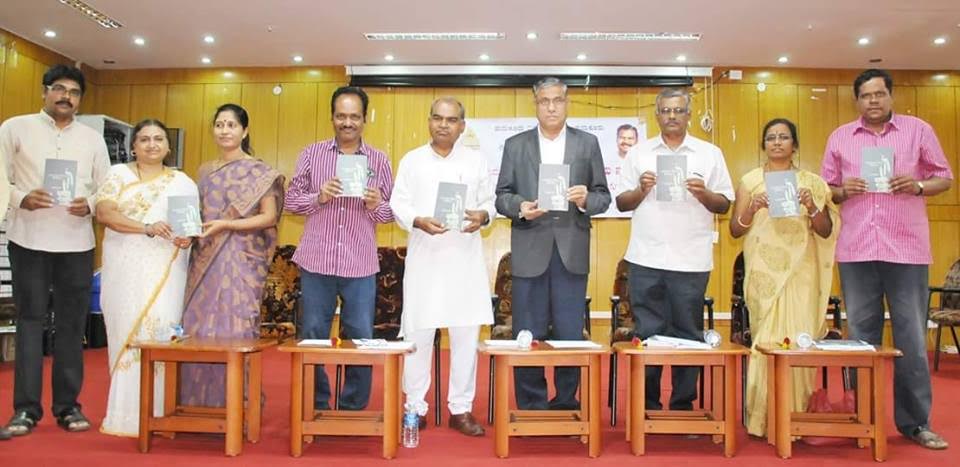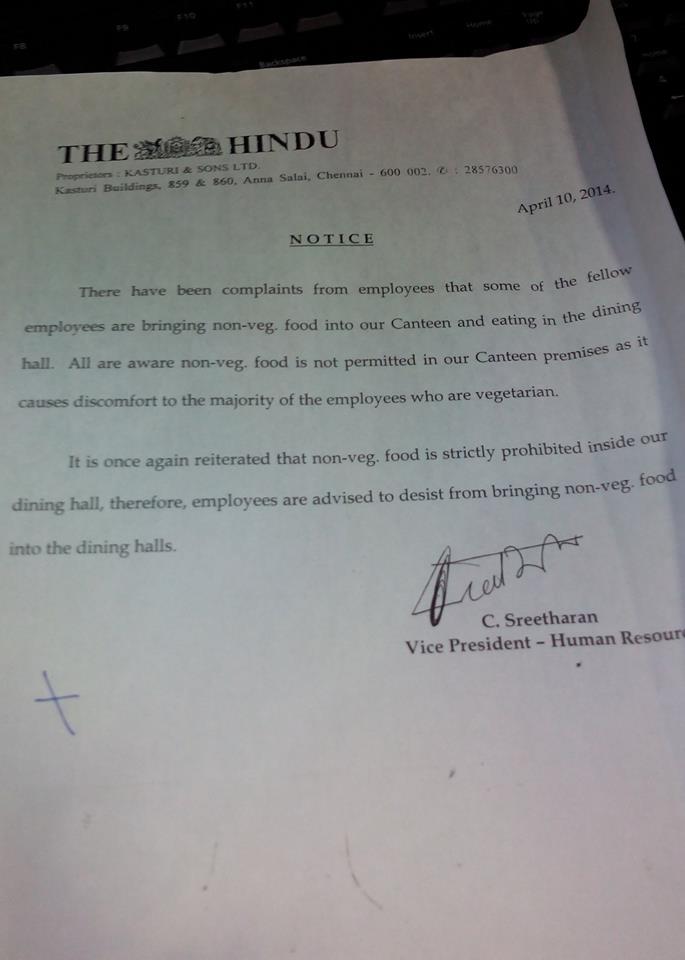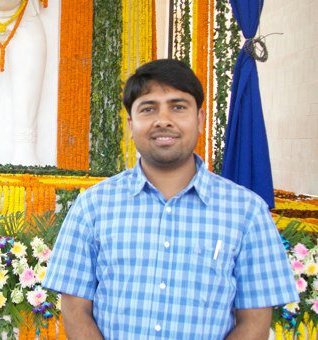Yogesh Maitreya
 When I reached the 7th Grade, my parents admitted me into a school that was run by a Hindu nationalist trust. Sanskrit, which was foreign to my tongue till then, became the compulsory language for my 7th grade curriculum. The teacher who was to teach us Sanskrit was a traditional Brahmin- a ponytail hanging from the back of his skull and sandalwood marks on his forehead. He was unbearably strict and would make us cry if we didn’t pronunce words the way he demonstrated. I was one of the victims of his disciplinary punishments in the course of learning Sanskrit. As I found myself adamant not to learn those foreign words and the accent which I had never tasted in my life, I refused to go to school after a week or two of bearing it. Seeing my reluctance, my parents then admitted me into a municipal school which was a walking distance from my house and where the majority of students were Dalits and Tribals from the Vidarbha region of Maharashtra.
When I reached the 7th Grade, my parents admitted me into a school that was run by a Hindu nationalist trust. Sanskrit, which was foreign to my tongue till then, became the compulsory language for my 7th grade curriculum. The teacher who was to teach us Sanskrit was a traditional Brahmin- a ponytail hanging from the back of his skull and sandalwood marks on his forehead. He was unbearably strict and would make us cry if we didn’t pronunce words the way he demonstrated. I was one of the victims of his disciplinary punishments in the course of learning Sanskrit. As I found myself adamant not to learn those foreign words and the accent which I had never tasted in my life, I refused to go to school after a week or two of bearing it. Seeing my reluctance, my parents then admitted me into a municipal school which was a walking distance from my house and where the majority of students were Dalits and Tribals from the Vidarbha region of Maharashtra.
After all these years, I find my conflict with, and contradiction to the imposition of language. Indian pedagogy is a matter of ceaseless discourse of castes’ contradictions in which the caste of the learner and the caste of the academicians play a crucial role in order to shape the contours of academic discourses and learnings to decide whether it would be egalitarian or caste-prejudiced.
Such contradictions in the Indian academic discourse and campuses are not new: they find mention in legends like those of Eklavya and in lived experiences of Dr. Ambedkar, who was refused a place in the class room and forced to sit outside. But with Ambedkar had started the vehement discourse of posing and challenging the question of Brahminised hegemony in academic domains. What lies underneath these contradictions is the caste-positioning of academicians from whom academic curricula & discourses are being introduced, taught, debated and at some point inculcated in the students. And the culmination of such contradictions are the harsh facts of Dalit students dropping out of academia or being baffled at the complete disconnect between the reality of the structural relations that govern Indian social life and what they are taught all through in the academia. And, sadly, the horrific truth of suicides by Dalit students.
Campuses as public domain
Most of the campuses in premier Indian universities are rarely secular in the true sense. For most Dalit students who enter such campuses, contradictions – cultural, economical, psychological and also linguistic – are the first sense of knowledge they arrive at. A friend of mine narrated to me the example of a girl who had gone through the long entrance process, and after securing admission into a premier institution, the first thing she was most anxious about was English. If one analyzes this closely, this is not a simple question of a ‘language barrier’ she was facing but one of structural trajectories which campuses as a public domain continue to uphold. A structure where students belonging to privileged backgrounds with English medium education find nothing that conflicts with their realities. But Dalits students, possessing equal amounts of talent in terms of thinking abilities and understanding of social nuances, discover in the same structure an acute sense of disparity which places the idea of campuses as a ‘public domain’ under serious interrogation.

This idea of the campuses as public domain comes under further scrutiny, for example, when a ‘Beef festival’ is violently thwarted and becomes a matter of contempt for Brahminical ideologues. But on the other hand, no one raises any question on the celebration of festivals like Holi which are built on notions of contempt towards Dalit existence and celebrates their defeat. The religiosity of celebration of festivals within the ‘public domain’ not only mars the secular spirit of campuses but it also creates a sense of humiliation in Dalits and adivasis, who form a minority there with their distinctive cultural identities.
Contradiction as caste discourse in campuses
These contradictions within campuses mostly stand and stem out of positions of subjectivity of the actors involved. Of those in positions of inculcating these contradictions as well as those who are at the receiving end of it. If the position of subjectivity at the inculcator’s end is structured by his/her privileged background, in our country’s case a Savarna background, then in the process of so-called academic discourse, it loses or negates the subaltern/Dalit vocabulary. The deliberate avoidance of the use of Dalit vocabulary creates an automatic indifference within the mind of Dalit students who often find such inculcation of academic language as foreign and one that cannot depict their social and lived realities. Therefore, such academic discourses remain contingent discourses if they are to serve knowledge to Dalit students. Such contradictions often culminate in a sense of oppression, though subtle in form but clear enough to map out the faculty’s emotional and intellectual state of mind.
But the struggle of Dalit students proves such contradictions to be negative phenomena. Their struggles use these contradictions as points of creation, assertion and articulation of their excluded culture whenever they have sought a socio-anthropological gap between what they have been taught and what they have lived. Thus contradiction is a sensitive discourse in the places where caste is being spoken about in order to analyse its complexities and how this had legitimised the sense of othering in a public domain.
But contradictions are far more dangerous as well as oppressive where caste-practice is the normative mechanism but not spoken about or ever debated. Such campuses are much more dangerous and humiliating for marginalized students where they are pushed into complete oblivion and never come to the realisation of their being oppressed or contradicted with the public culture of Savarnas.
~~~
Yogesh says:
My name is Yogesh Maitreya. I am from Nagpur. I am doing my M.A in Criminology and Justice (2013-15) from TISS (Tata Institute of Social Sciences, Mumbai).
Cartoon by Unnamati Syama Sundar.










